Life is the ability of self-replicating organisms being able to react to the environment. Life is also a quality of an environment. When an environment is said to have life, it means it is energized, which is a way of saying it holds enough energy for dynamic growth and change. It is an older use of the word “life”, but not a use that has been superseded, and not one which is purely the business of poetry.
A Living Landscape
Spring runoff after a frosty night.
I think it is possible to join the two senses and to say that environments are alive.
As the German philosopher Martin Heidegger argued in the 1920s and the anti-nuclear activist Jonathan Schell argued in the 1970s, life is future potentiality, and only secondarily present realizations of it.
Lichen and Moss on Sagebrush Trunk
(Steep hill.)
In the image above, the future of the living sage is its current ‘dead phase’. It has shed one form of life, but retains another, which is expressed environmentally. There’s only one thing that separates such life from individual biological life, and that is independent action. The action is there, but it comes from without, often by accumulation.
Black Birch Twigs After a Night of Spray
In biological science, accumulation is not “life”, because individual life forms can move into the environmental space and out of it, while the space remains. Yes, but the environment does not. What’s more, this characteristic of life as “individual action” is a reflection of a science based on individual observation, which is based in turn on Christian faith, which places an individual, Christ, at the meeting point of heaven and earth. At that point, neither one thing nor another, Christ bears witness, as do all others who follow him. The German philosopher Gottlieb Fichte put this relativizing sense of the individual awareness at the core of scientific procedure in 1793, at the University of Jena, in what is now Germany. I am neither a pre-Romantic German philosopher nor a practicing Christian, but I respect the power and integrity of this belief and recognize the profound structural force it has in Western thought. Christ, however, is only one manifestation of God. The environment, surely, is another.
 Grassland Dirt Actually Does Look Like This, When It Is Healthy
Grassland Dirt Actually Does Look Like This, When It Is Healthy
Is it not within an environment that an individual can be an individual? I mean, if we took away the environment above, we would all be dead. Surely, then, it’s appropriate to say that it is us.
From an individual point of view, the seeming three dimensionality of the above image, the framing of its elements, the relationship between them, the qualities of light caught by the camera, all these things are human signatures on the environment. From an embedded, environmental point of view, they are the way we fit into an environment: seeing the thin-ness of the grass because our minds are coded to track thin-ness and to see in it the mind and thought; seeing the roundedness of the water because our minds are coded to see in it bodies and movement; seeing the intersection of these forces, because our minds are coded to notice boundaries and difference and have the capacity to either unify or divide them in complex ways. Collectively, we have created complex systems of science, including profound and dynamic systems of psychology, which map out many of the dimensions of such mirroring, yet, even so, they are all based on Fichte’s replacement of Christ with the critical, empirical, individual self, on which the definition of life is based. The neatness of that correspondence is troubling. Being in the world can be an antidote to that.
 Literally: being in the world …
Literally: being in the world …
The images above were made in a riparian zone one kilometre west of this one.
… not just in an individual body.
Categories: Earth Science, Gaia, Grasslands, Land, Light, Nature Photography, Science, Spirit, Water



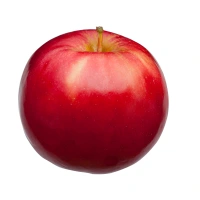
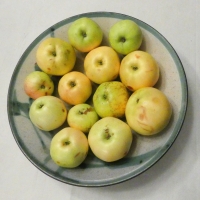


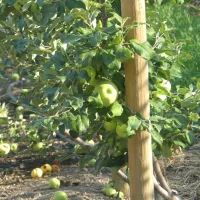

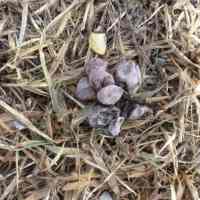
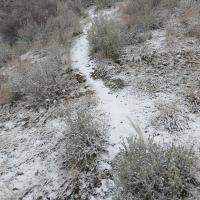
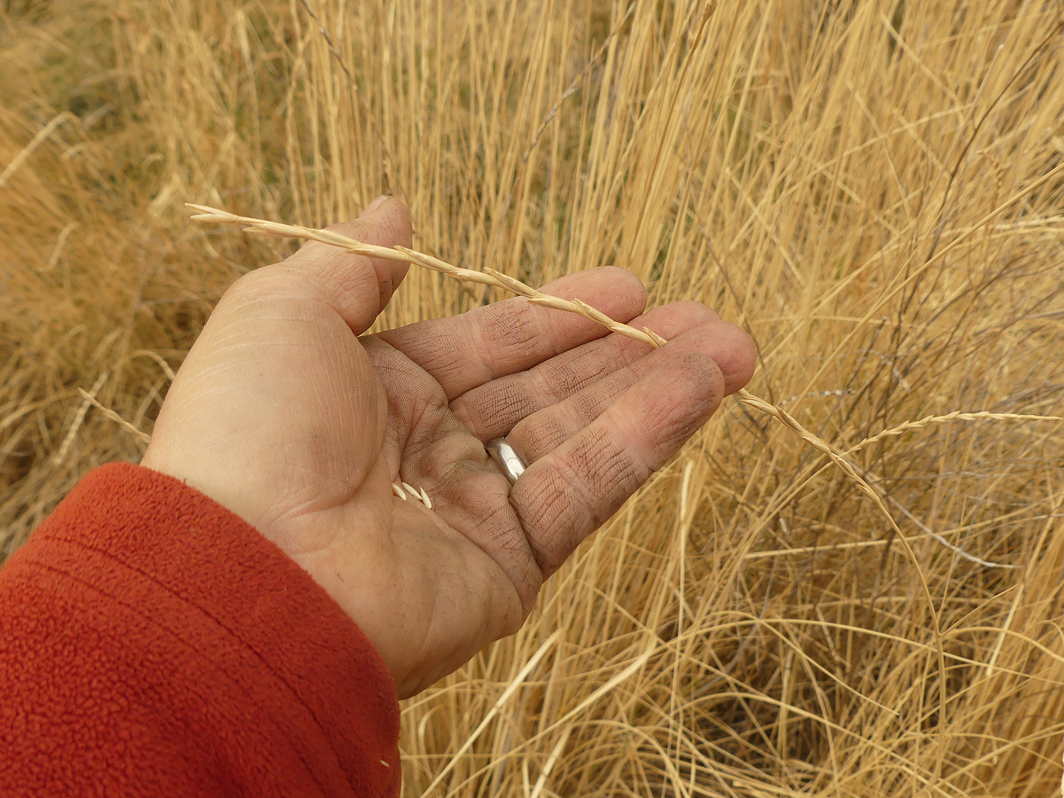

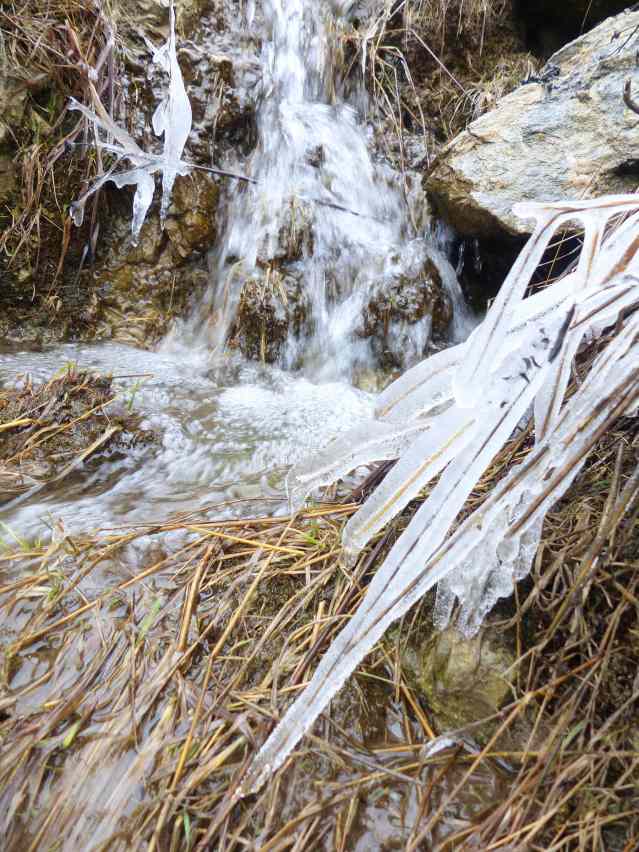





Very cool stuff!
About a year ago I was out hiking and found a vien of exposed marble in a stream. I was awestruck at what it represented; I snapped some pictures of it, but never shared them.
I simpliy didn’t have the words to go along with the photos. I think you are giving me some great ideas on how to talk about geology in a fashion that can reach a few more people than just rock hounds.
Great post!
LikeLike
That’s wonderful! I look forward to seeing your photos and geological observations.
LikeLike
Reblogged this on Sable Aradia, Priestess & Witch.
LikeLike